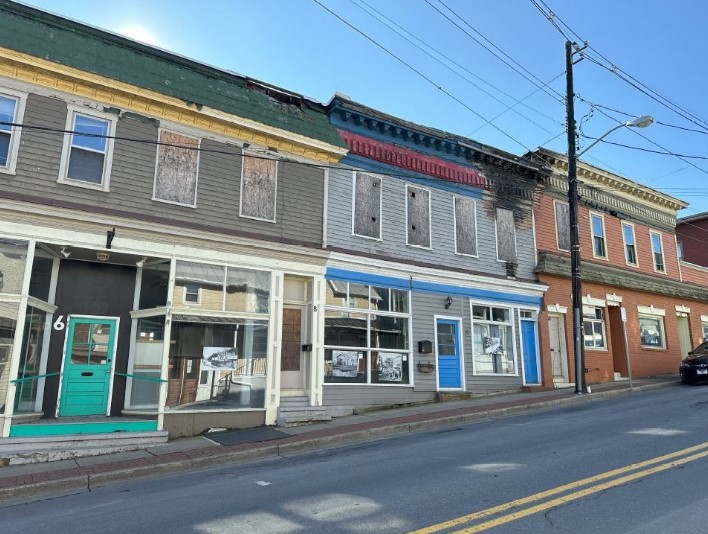One of 17 National Park Service grants awarded to support preservation in rural communities
Preservation Maryland received $737,417 from the National Park Service, one of 17 Paul Bruhn Historic Revitalization Grants awarded to support economic development through the preservation of historic buildings in rural communities across the country. The organization’s Maryland-based initiative will provide subgrants to endangered and underutilized historic commercial properties within canal towns and communities along the three historic canals of Maryland, most notably along the Chesapeake & Ohio Canal which spans across five rural counties in Western Maryland.
“The National Park Service helps rural areas across the country revitalize their communities through historic preservation,” said National Park Service Director Chuck Sams. “This locally stewarded work supports improvements to historic buildings, preserving America’s cultural resources while benefiting local economies.”
The grants will allow state and local governments and nonprofit organizations to develop subgrant programs and select individual projects in their rural communities for physical preservation projects that will contribute to economic development.
“Preservation Maryland is committed to harnessing the power of historic places by revitalizing and reinvesting in communities for the benefit of all Marylanders,” said President & CEO Nicholas Redding. “Part of our mission is supporting communities in work that does the same. Managing this grant program allows us to get vital funding into communities that support preservation initiatives that would likely go unfunded, resulting in the potential deterioration or loss of irreplaceable physical and cultural heritage.”
Grants awarded total $12.125 million; Preservation Maryland is the first awardee in Maryland in the grant program’s six-year history.
The grants are supported through the Historic Preservation Fund (HPF), which has provided more than $2 billion in historic preservation grants to states, Tribes, local governments, and nonprofit organizations since its inception in 1977. HPF funds may be appropriated by Congress to support a variety of historic preservation projects to help preserve the nation’s cultural resources. The HPF, which uses revenue from federal offshore oil and gas leases, supports a broad range of preservation projects without spending tax dollars. The intent behind the HPF is to mitigate the loss of nonrenewable resources through the preservation of other irreplaceable resources.

